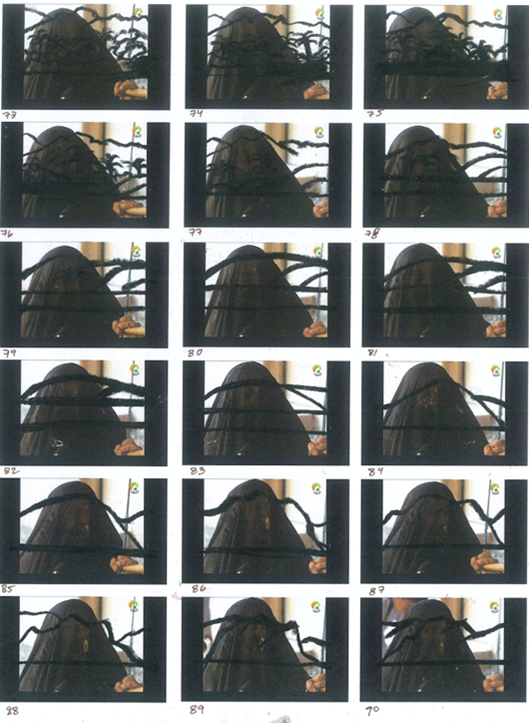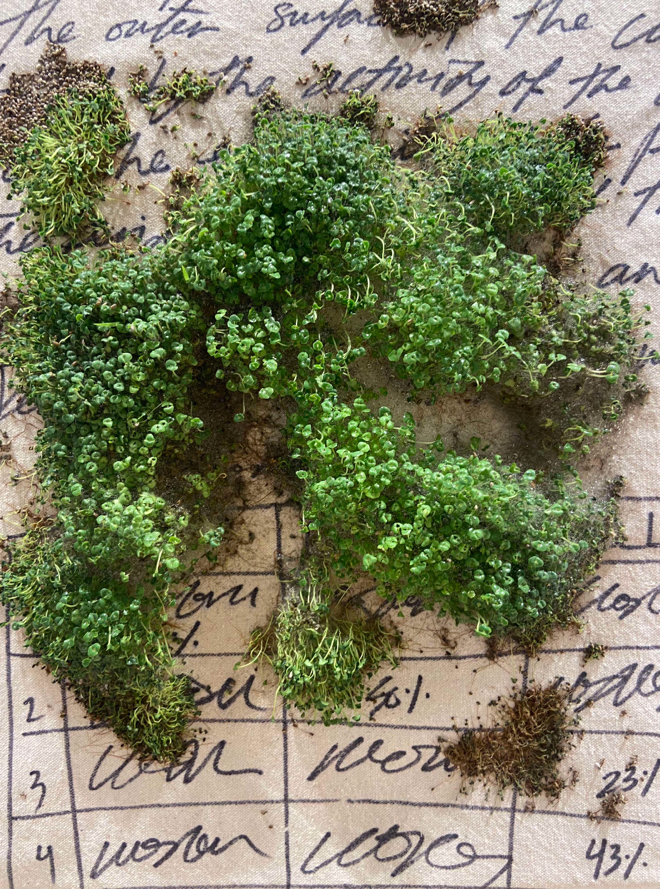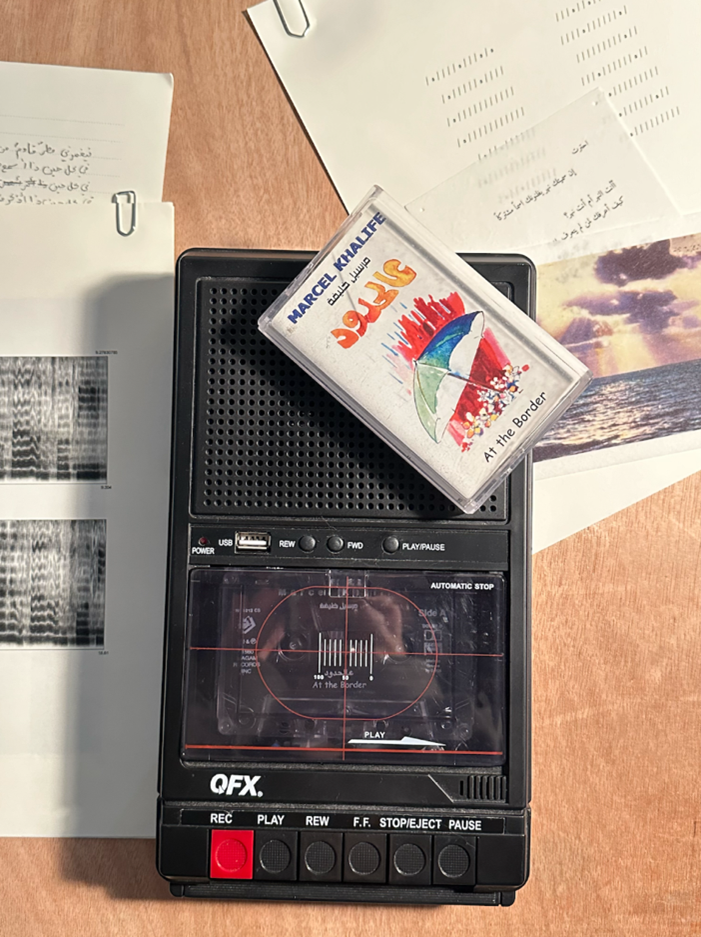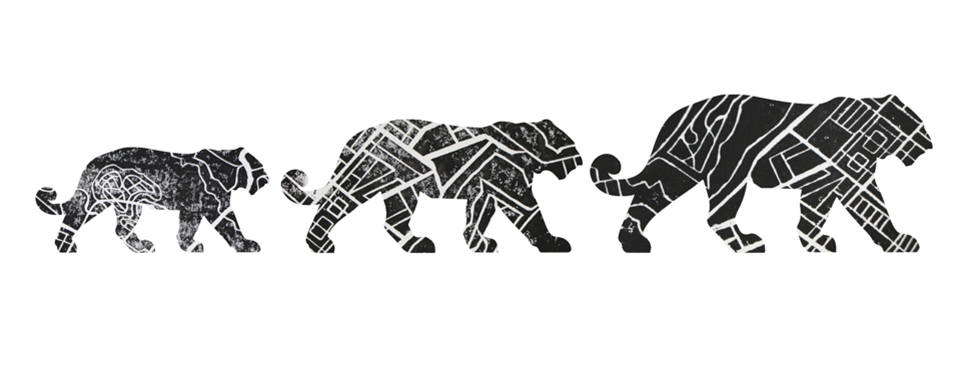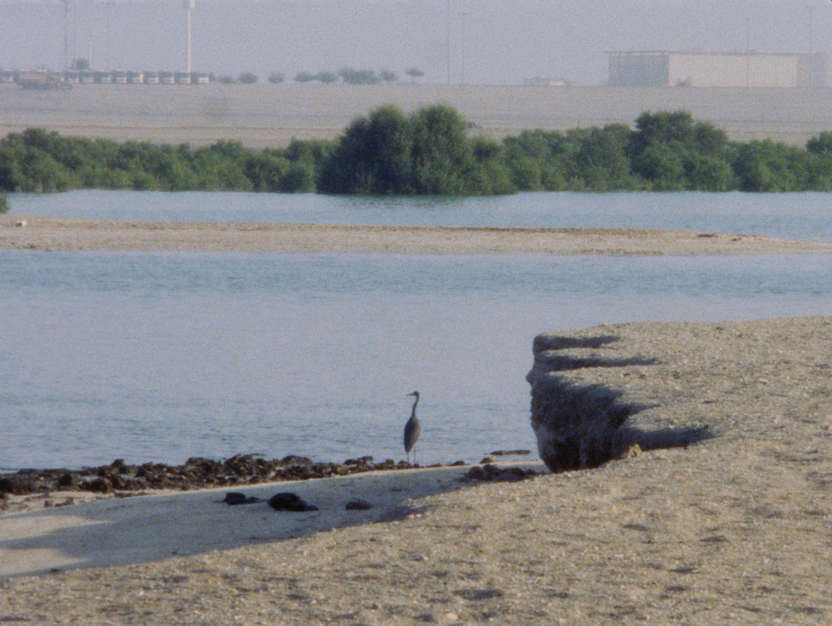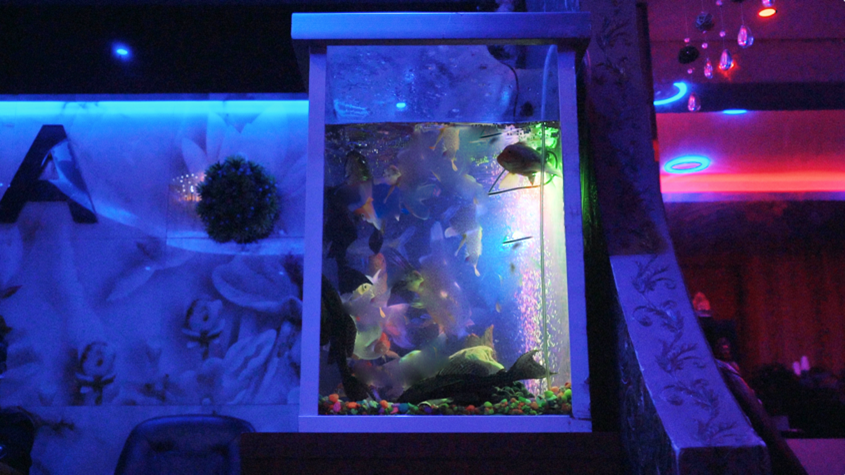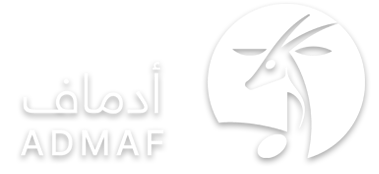Elemental Relations
20 April – 24 November, 2024
Palazzo Mora, Venezia, Italy
Supported by Abu Dhabi Festival
Curatorial team: Dale Hudson, Tina Sherwell, Terri Geis, Katia Arfara, Sheetal Majithia.
Whether natural ones from classical mythologies or indigenous cosmologies—air, earth, fire, water—or chemical ones from modern science—aluminum, iron, oxygen, silicon—elements index relations between human and nonhuman, living and nonliving, animate and inanimate. They offer ways to imagine personal structures beyond human conceit. Selected work by students and graduates of New York University Abu Dhabi’s MFA and BA arts programs, Elemental Relations invites us to acknowledge consequences of our anthropocentric behaviors—consumerism, extractivism—that reap irreversible damage on the planet. By recognizing interconnections and interdependencies, we can imagine alternative behaviors.
Under the patronage of Her Highness Sheikha Shamsa bint Hamdan Al Nahyan, the Christo and Jeanne-Claude Award is presented by NYUAD in partnership with the Abu Dhabi Music and Arts Foundation. Winner for 2023, Majd Alloush, Hala El Abora, and Vivi Zhu’s “Shaheeq” (“To Breathe”) considers mangrove ecosystems that protect coastlines from sea-level rise, shelter marine species, and sequester carbon dioxide in striations that visualize beyond human percep-tion. Made of rammed earth and organic mineral dyes, it recuperates traditional knowledge yet is designed to decompose, rejecting expectations that human structures are permanent.
About the Artists
Farah Elmowafy’s “The Morphology The Secrets of Salvia Hispanica” shows how human knowledge cannot anticipate plant behavior. Recorded data on how seeds grow into plants on canvases, inscribed with scientific texts, offers no conclusions. Elizabeth Dorazio’s “Untitled” brings discarded scrap-wood back to life in pyro-engraved images, evoking the forest’s music and helping us see trees, whose lives were taken to create objects, whose usefulness was lost. Produced through NYUAD’s Anthropocene Research Kitchen, Dima Abou Zannad’s “At the border of the sea” explores the Mediterranean Sea’s rhythms against Lebanon’s coastline in Marcel Khalife’s songs. Arabic poetry’s sixteen meters are called buḥūr: each meter, a sea (baḥr). Majd Alloush’s “Remote Landscapes” locates human and nonhuman cohabitation in flamingos, mangroves, and other lifeforms coexist in remarkably close proximity to the urban built environments.
Zara Mahmoud’s graphite and pastel drawings examine atmospheric particulate matter. From a distance, it catches light in dazzling sunsets. Under a microscopic, it becomes discernable as individual particles that can seem menacing. In “Echo”, Roudhah Al Mazrouei draws in sikham, a charcoal specific to Siji village, over images from archival television footage to convey Siji’s iden-tity as relations between animals, humans, mountains, rocks, soil, and trees. Hala El Abora’s “Experiments in Reterritorialization” considers sinkholes around the Dead Sea as physical manifestations of mental collapse after decades of emotional and physical stress. Shumin Tan’s “Three tigers” considers uncanny resemblances between a tiger’s unique striped pattern for camouflage and designs carved into the earth by humans when constructing buildings and roads. The poem “Three Tigers” celebrates Malayan Tigers as national heritage, while exploring their sacrifice for resource exploitation. Vivi Zhu’s “Fish Tank” looks at the contained lives of exotic fish. The parallel lives of undocumented migrant women from East Asia and Southeast Asia, working as masseuses, becomes audible.
Artworks
